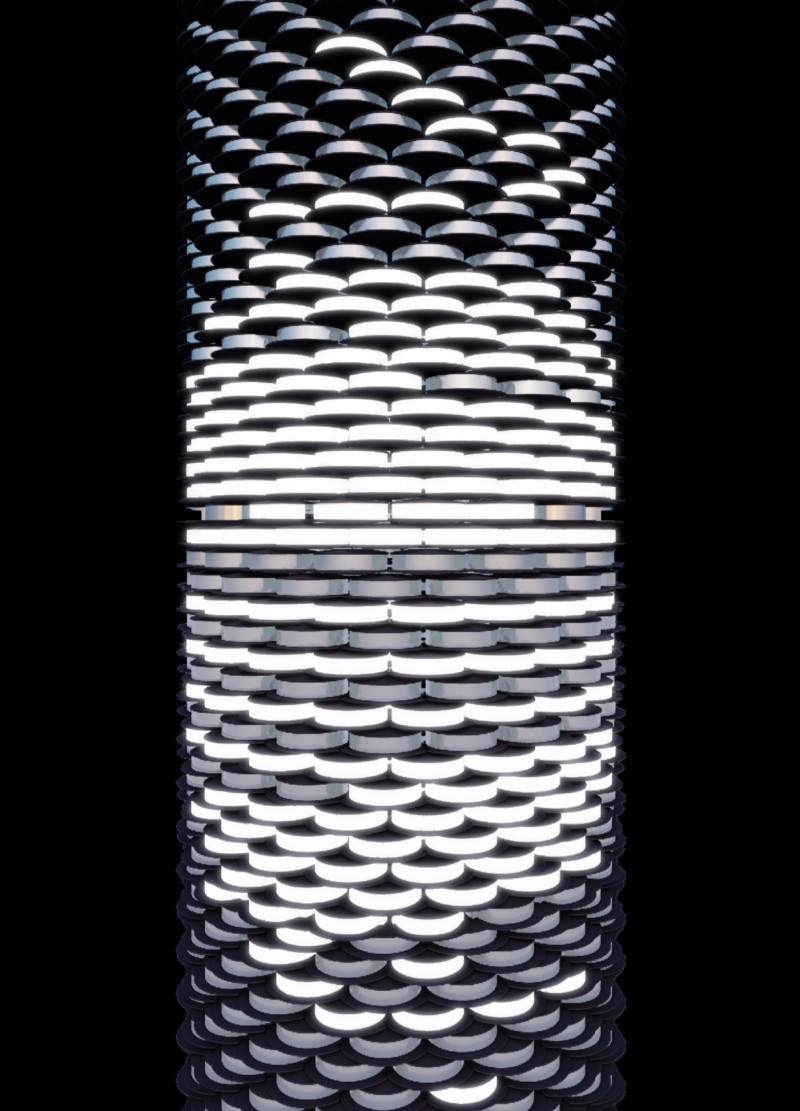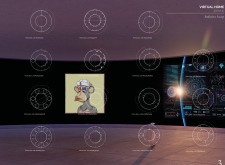5 key facts about this project
The project explores the relationship between the metaverse and the real world, aiming to redefine how modern living environments can function. It is set in a context that seeks to connect these two realms, creating an architectural response that is adaptable and user-focused. The design concept encourages a fluid way of living, allowing spaces to serve multiple purposes and engage inhabitants in new ways.
Conceptual Framework
At the heart of the design lies the idea that the metaverse is present in every real-world context. This concept promotes the understanding that these two realms coexist and interact continuously. The architecture encourages flexibility, enabling spaces to adjust to the changing needs of their occupants. This adaptability enhances the experience of living and working in one environment.
Spatial Configuration
The layout challenges traditional divisions between work and living areas. Instead of strict boundaries, the design allows different spaces to blend together. Each area can serve multiple functions, which helps support both personal and professional activities. This approach encourages interactions that feel natural and promotes a lifestyle where boundaries between home and work become less defined.
Interaction and Community
Intermediate spaces play a vital role in fostering conversation and collaboration. These transitional zones invite people to engage with one another, creating a sense of community. By prioritizing shared experiences, the architecture promotes a collective identity that resonates with how people live today. These areas invite interaction, breaking down traditional barriers that separate individuals within the space.
The design emphasizes a sense of openness and fluidity. The absence of firm material definitions allows the architecture to adapt as needed. This quality gives the structure the ability to respond to its users, reinforcing the idea that the environment will continue to evolve based on the experiences of those who inhabit it. The architectural language reflects this dynamic nature, capturing the ongoing changes in contemporary life.





















































